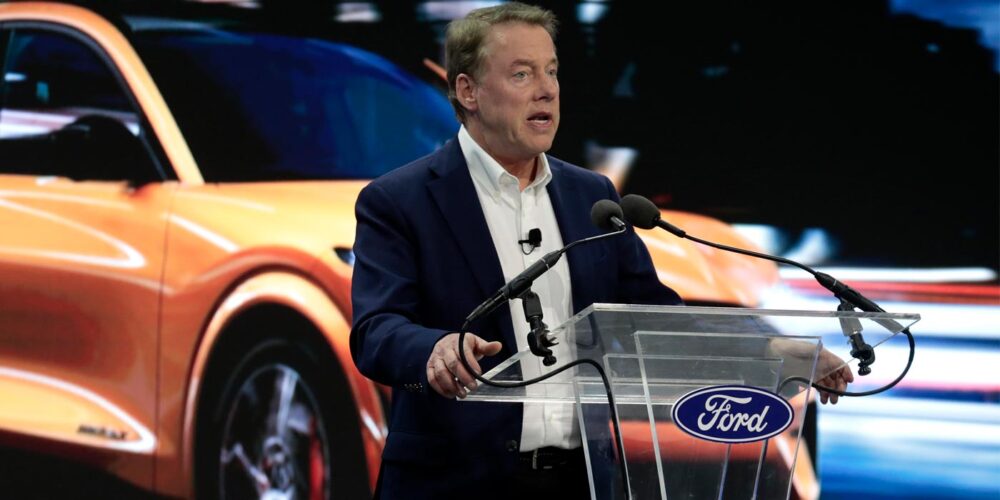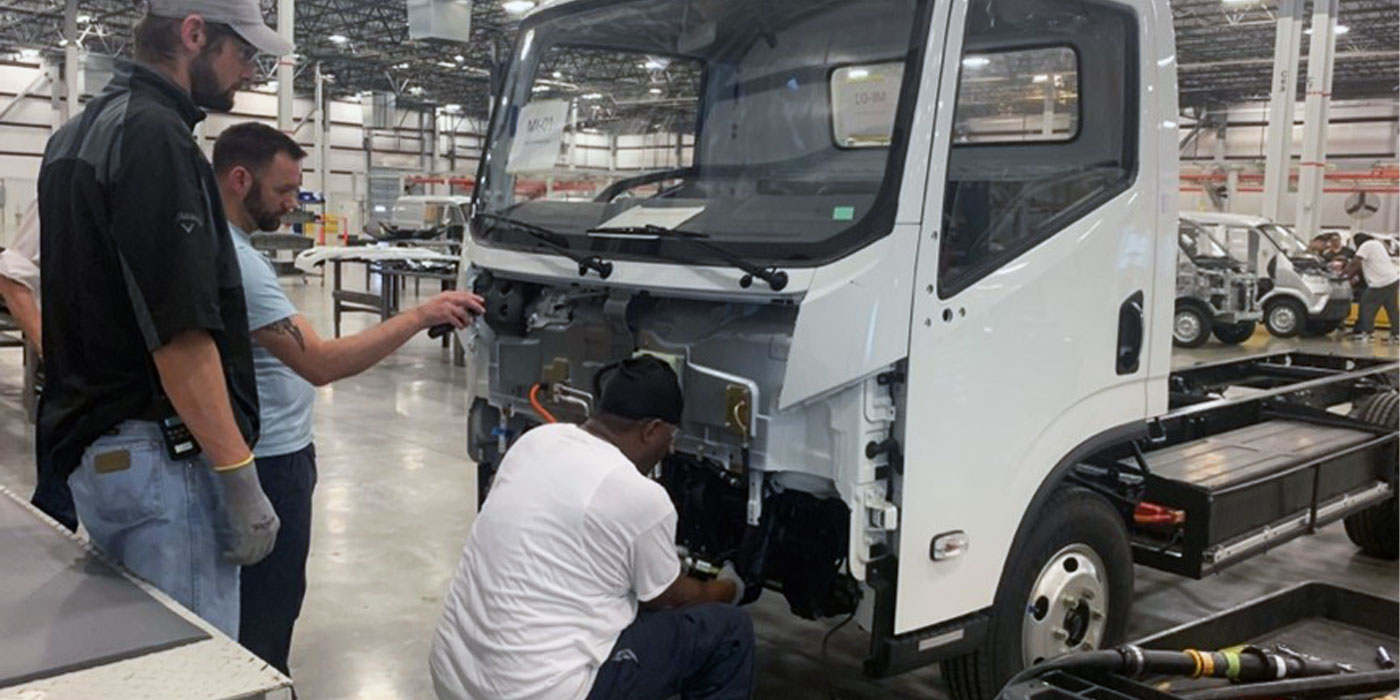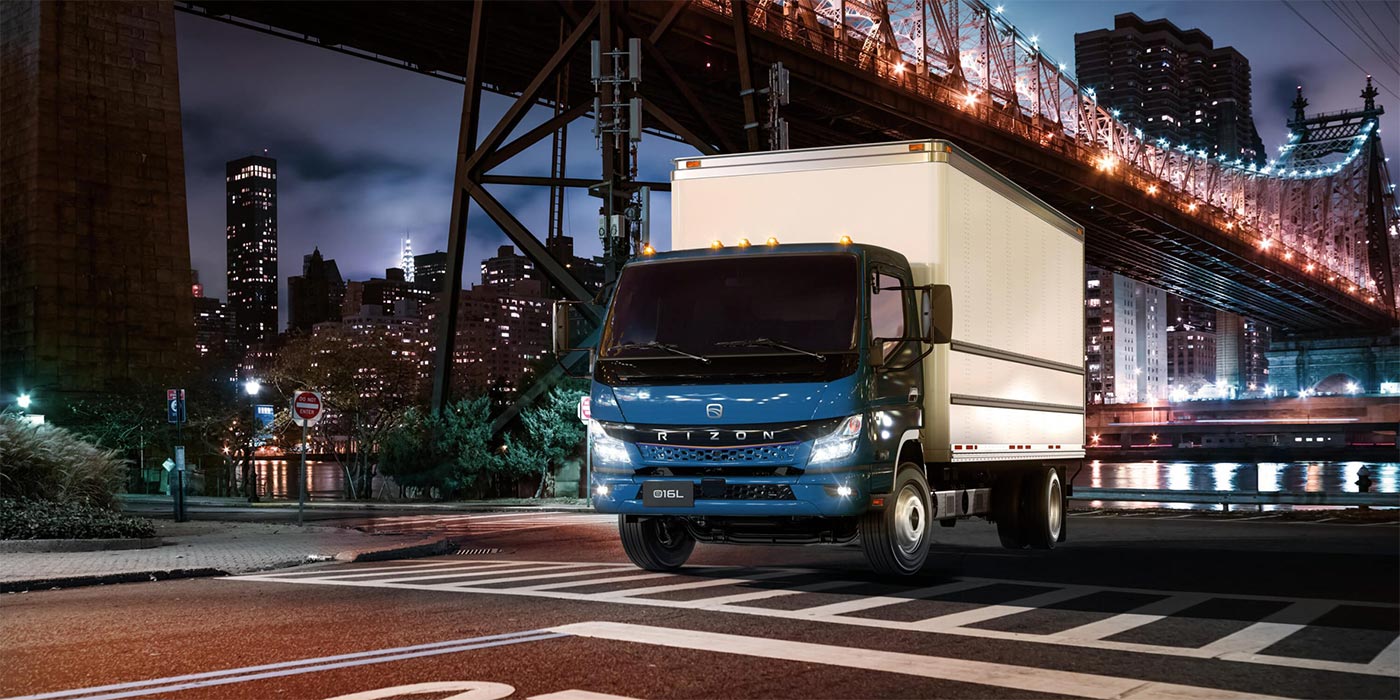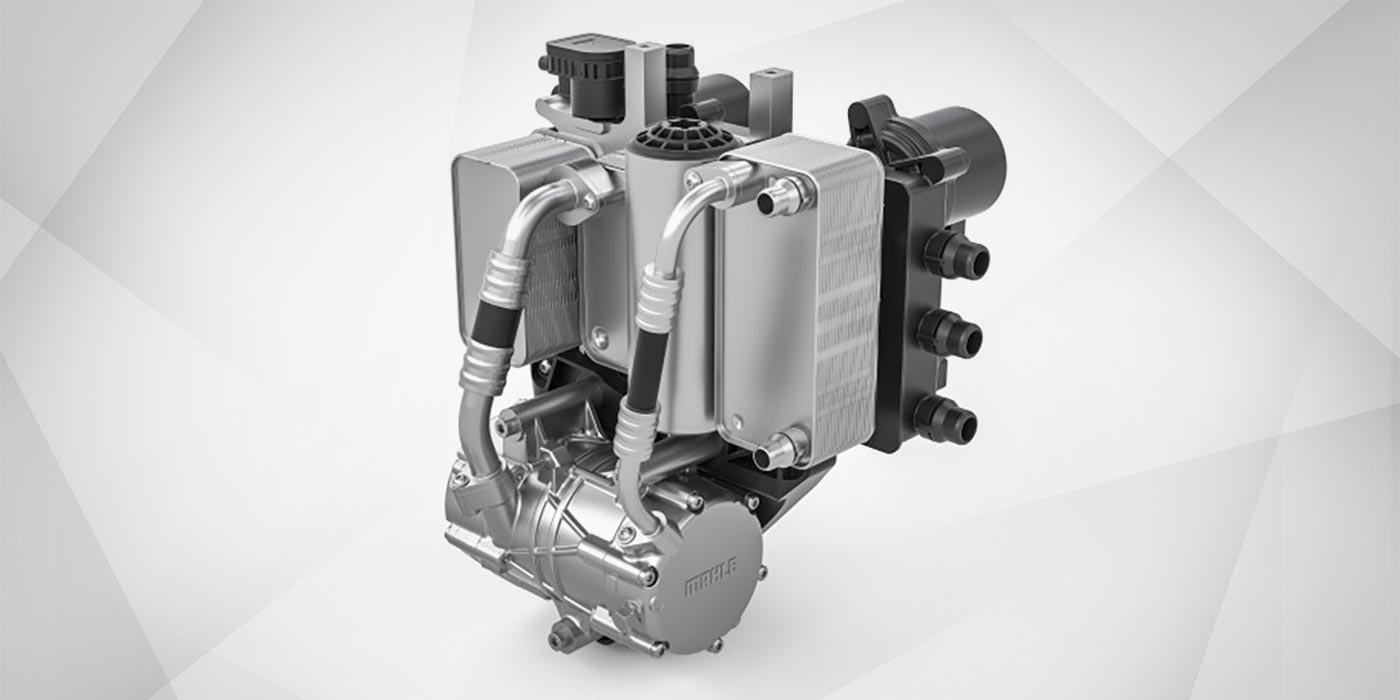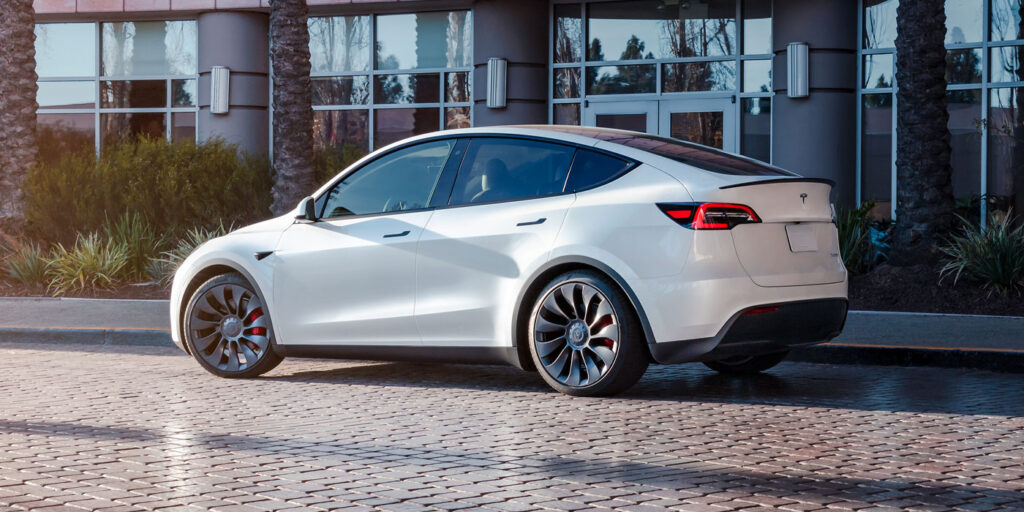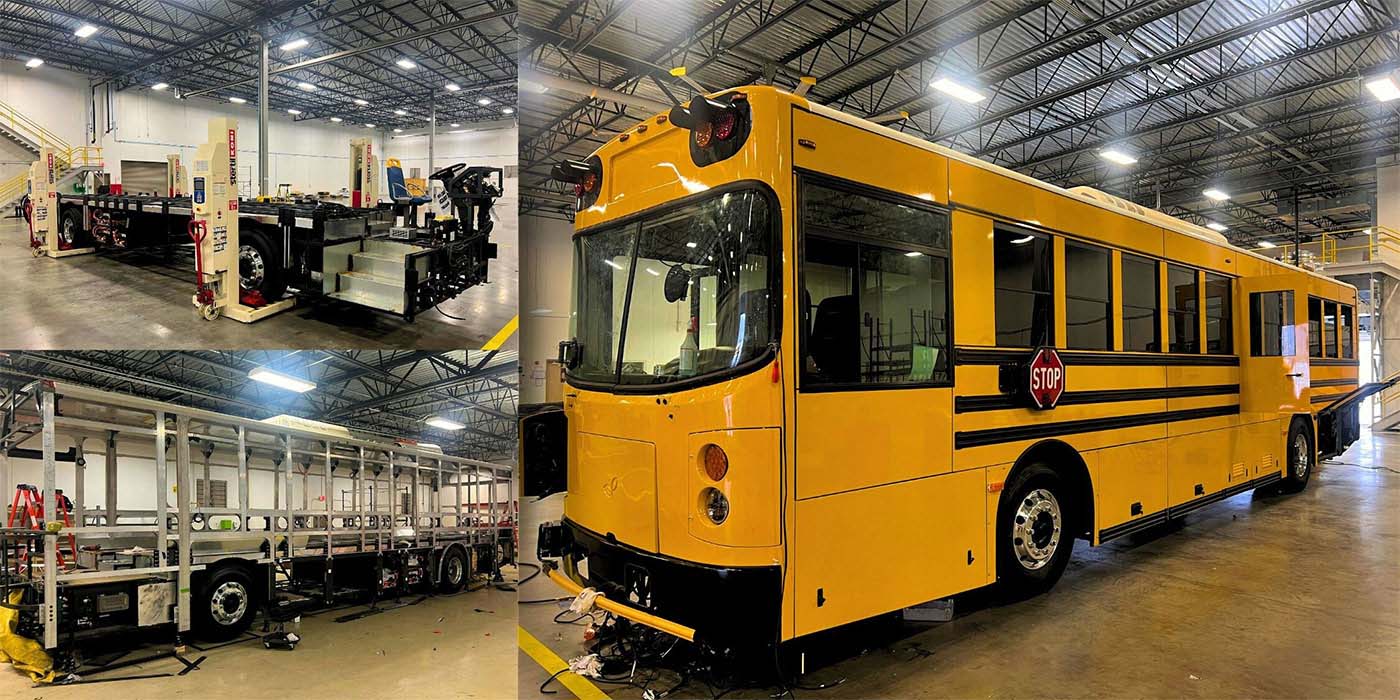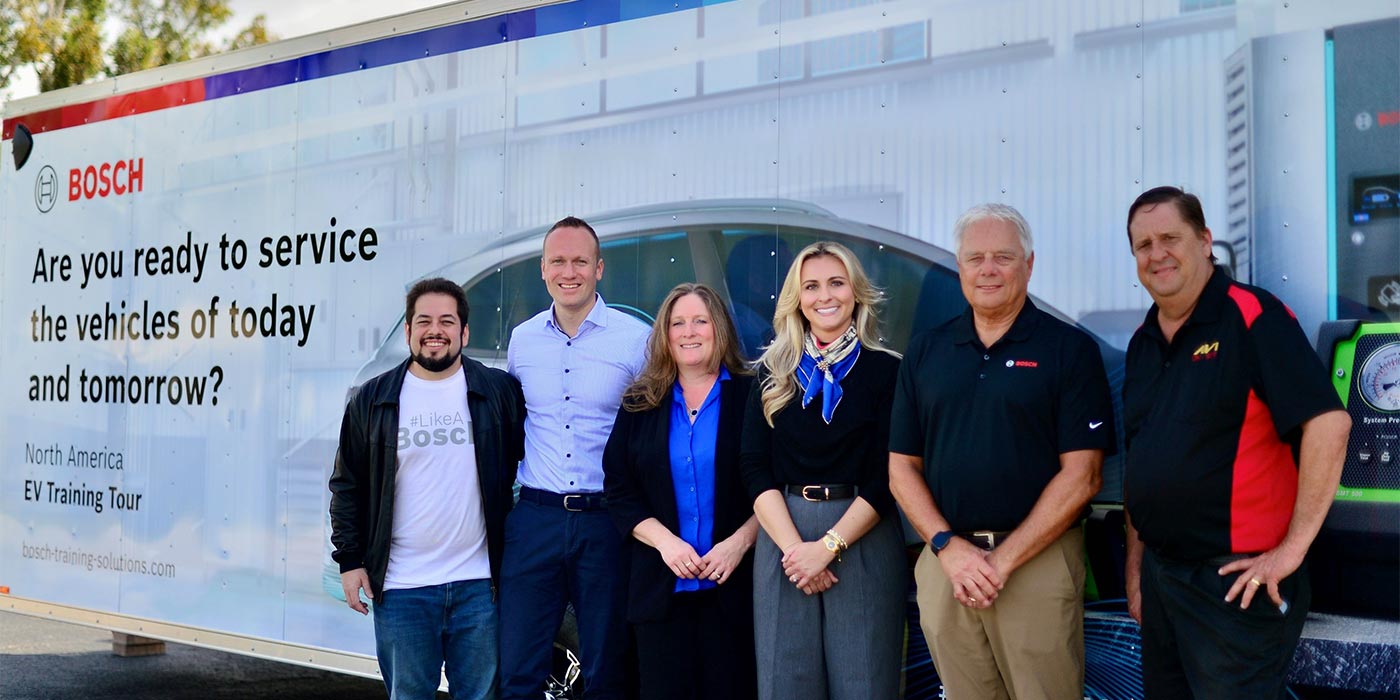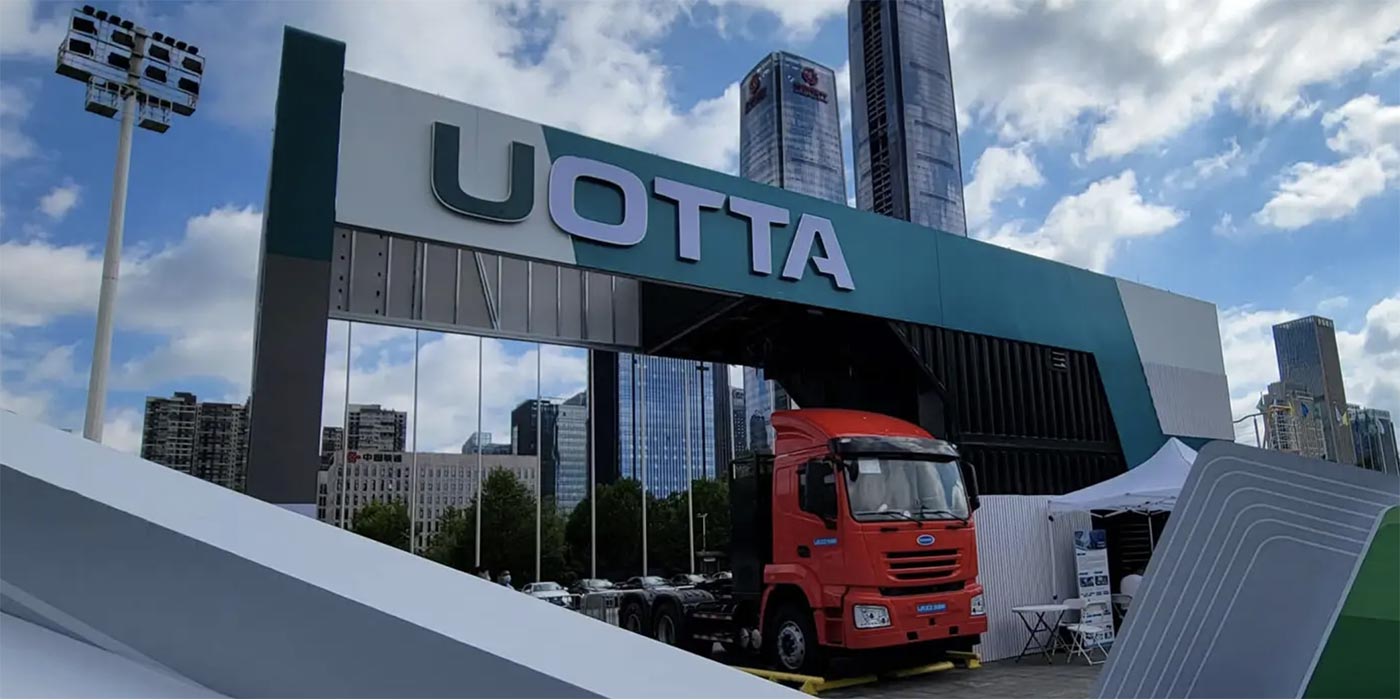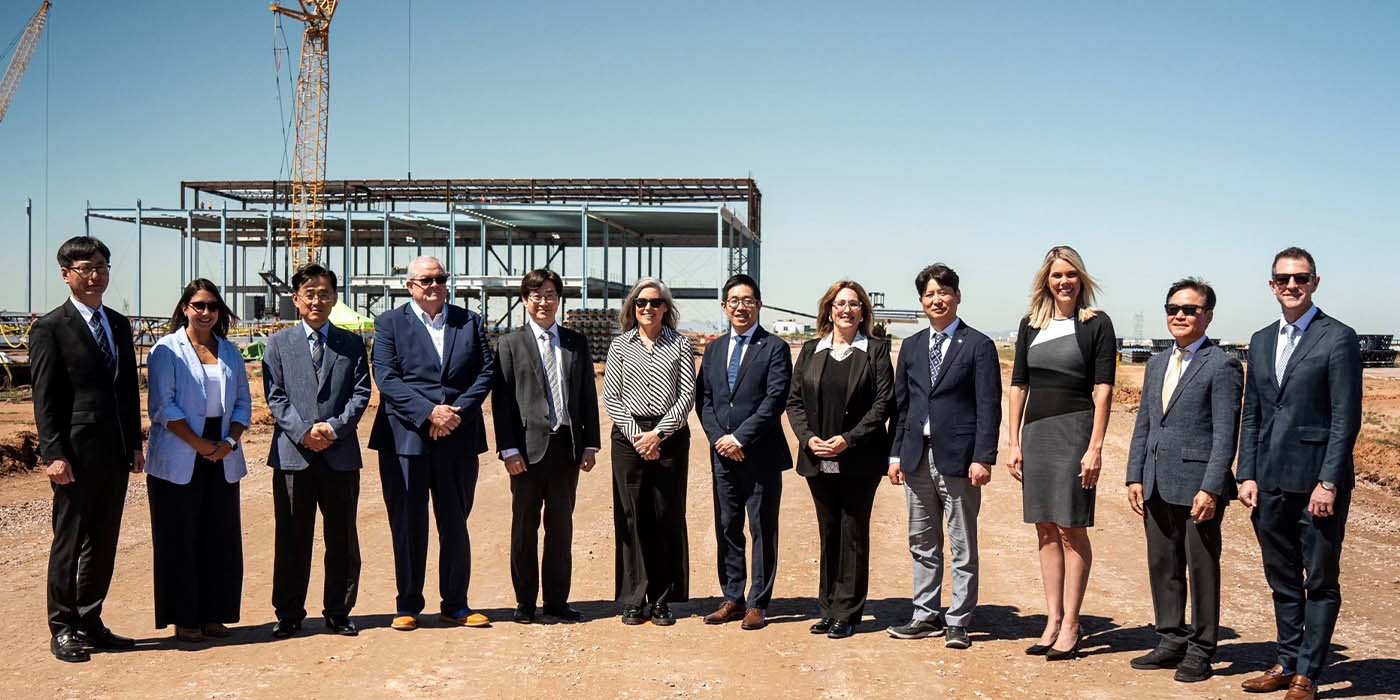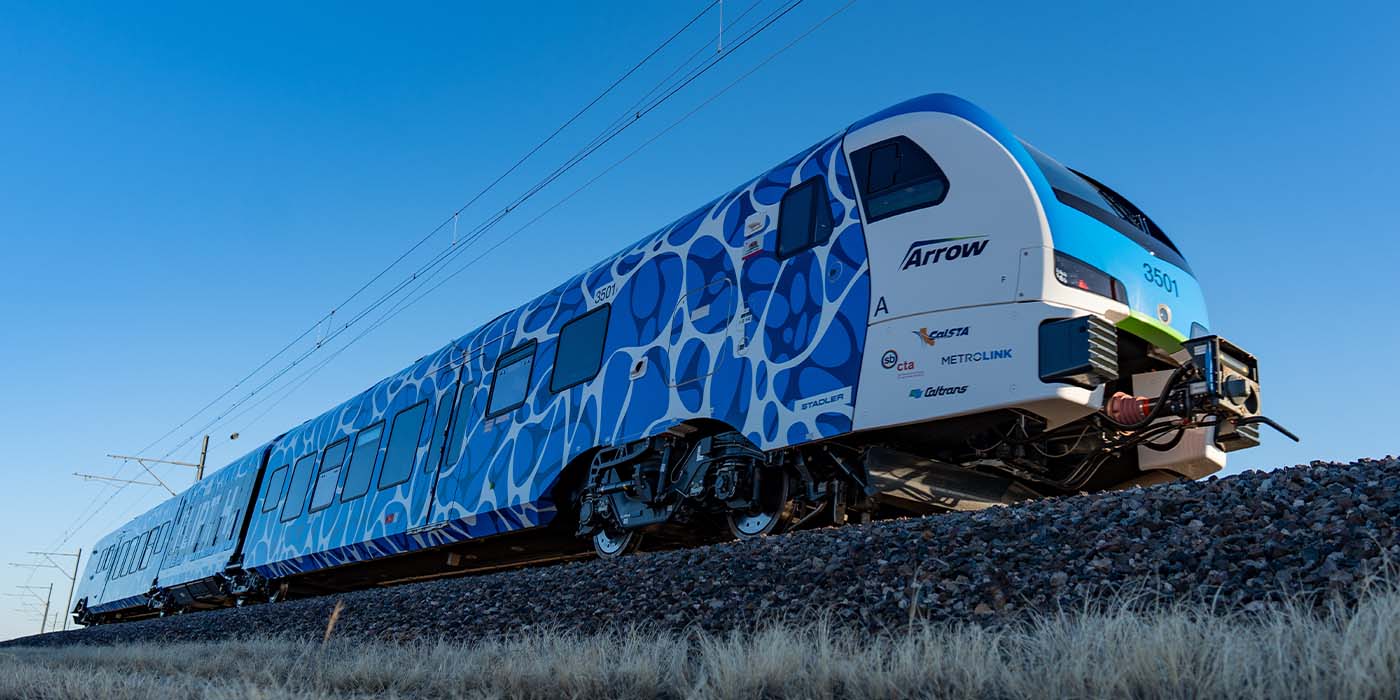Ford announced it is investing $3.5 billion to build the country’s first automaker-backed LFP battery plant, offering customers a second battery technology within Ford’s EV lineup.
With this $3.5 billion investment, Ford and its battery tech collaborators have announced $17.6 billion in investments in electric vehicle and battery production in the United States since 2019; Ford says it is planning to invest over $50 billion in electric vehicles globally through 2026. In the next three years, these investments will lead to more than 18,000 direct jobs in Michigan, Kentucky, Tennessee, Ohio and Missouri and more than 100,000 indirect jobs, according to the methodology from a 2020 independent study.
This plant – called BlueOval Battery Park Michigan – initially will employ 2,500 people when production of LFP batteries begins in 2026. Ford will have the option to further grow its battery capacity at its Marshall, Michigan, plant, which will be part of a wholly owned Ford subsidiary.
Diversifying and localizing Ford’s battery supply chain in the countries where it builds EVs will improve availability and affordability for customers while strengthening consumer demand, the company says. Ford adds it is working to deliver an annual run rate of 600,000 electric vehicles globally by the end of this year, and 2 million globally by the end of 2026 as part of its Ford+ plan.
Ford says that offering LFP as a second battery chemistry, in addition to nickel cobalt manganese (NCM), allows its customers to choose an electric vehicle with unique battery performance characteristics most aligned with their needs. LFP batteries are very durable and tolerate more frequent and faster charging while using fewer high-demand, high-cost materials. This lower-cost battery, at scale, will help Ford contain or even further reduce EV prices for customers. These LFP batteries will power a variety of affordable, next-generation Ford EV passenger vehicles and trucks under development, most of which will be assembled in the U.S.
Even before the new battery plant opens, Ford will introduce LFP batteries on the Mustang Mach-E this year and F-150 Lightning in 2024 to increase production capacity, with a goal of reducing wait times for customers.
This all-new battery production facility in Michigan will add approximately 35 gigawatt hours per year of new battery capacity for Ford in the U.S. initially – capable of powering approximately 400,000 future Ford EVs.
As part of Ford’s plan to offer a new battery chemistry and source in key regions where it produces EVs, Ford has reached a new agreement with Chinese battery manufacturer Contemporary Amperex Technology Co., Limited (CATL). Under the arrangement, Ford’s wholly-owned subsidiary would manufacture the battery cells using LFP battery cell knowledge and services provided by CATL, which has operated 13 plants in Europe and Asia.
Ford engineers will integrate these LFP battery cells into its vehicles. This new agreement with CATL adds to Ford’s existing battery capacity and available battery technology made possible through a series of key collaborations – including with SK On and LG Energy Solution (LGES).

